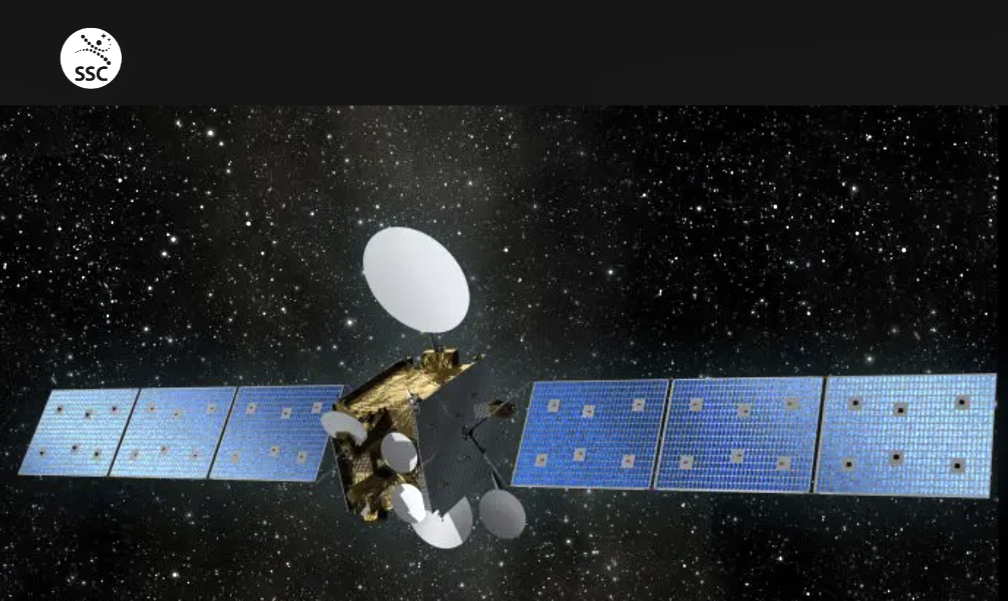
Swedish Space Corporation (SSC) has been contracted by OHB System AG to provide TT&C, LEOP and Emergency S-Band support for Germany’s new communications satellite Heinrich Hertz, also known as “H2SAT” — the spacecraft was scheduled the be launched on Friday, June 16, 2023 from Kourou, French Guiana, but that event has been delayed by Arianespace.

The Heinrich Hertz mission is managed by the German Federal Ministry for Economic Affairs and Energy (BMWi), while the Space Administration of the German Aerospace Center (DLR) is responsible for planning and implementation of the project. The development and operation of the spacecraft is performed by OHB on behalf of DLR.
As a subcontractor to OHB, SSC will provide satellite control and traffic monitoring for the spacecraft through TT&C, LEOP and Emergency S-band support. Six SSC CONNECT ground stations will support the mission: Esrange in Kiruna, South Point in Hawaii, Santiago in Chile and WASC in Australia, as well as Bangalore in India and Hartebeesthoek in South Africa.
With a design life of 15 years, H2Sat is set to explore and test new communications technologies in Space under extreme conditions. The aim is to understand how to expand commercial satellite communications for geostationary satellites. It will help, for instance, to determine how broadband communications can result in high data rates for mobile end-users. The spacecraft will also provide secure and independent communications for the German Armed Forces.
“We have considered buying GSaaS from day one as we knew that we would not invest in the ground infrastructure, used for short but critical periods, ourselves. We prefer to augment our network as needed through a service approach that offers flexibility. Now we have found a ground segment provider that can support our growing requirements over time.” — Alan Moorhouse, Head of Satellite Operations, OHB-DC.
“Sweden and Germany have always had strong ties in space, and SSC’s close relationship with OHB has continued to grow over the years. The contract that we announce today is a milestone illustrating this. Our long experience, worldwide ground station locations and global network capabilities is what makes us able to meet the high requirements of this mission.” — Nicholas Priborsky, President of the Satellite Management Services division, SSC.
